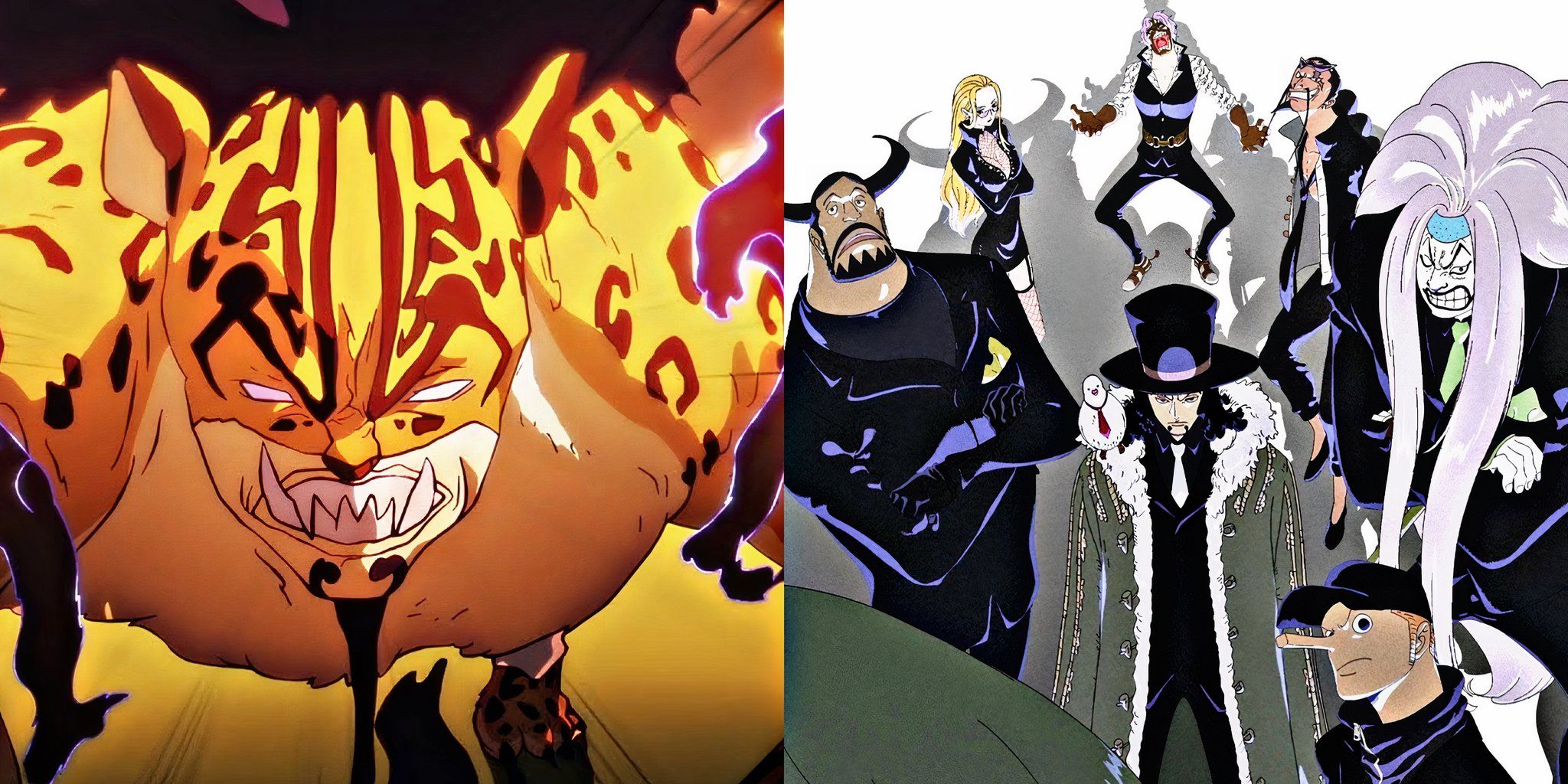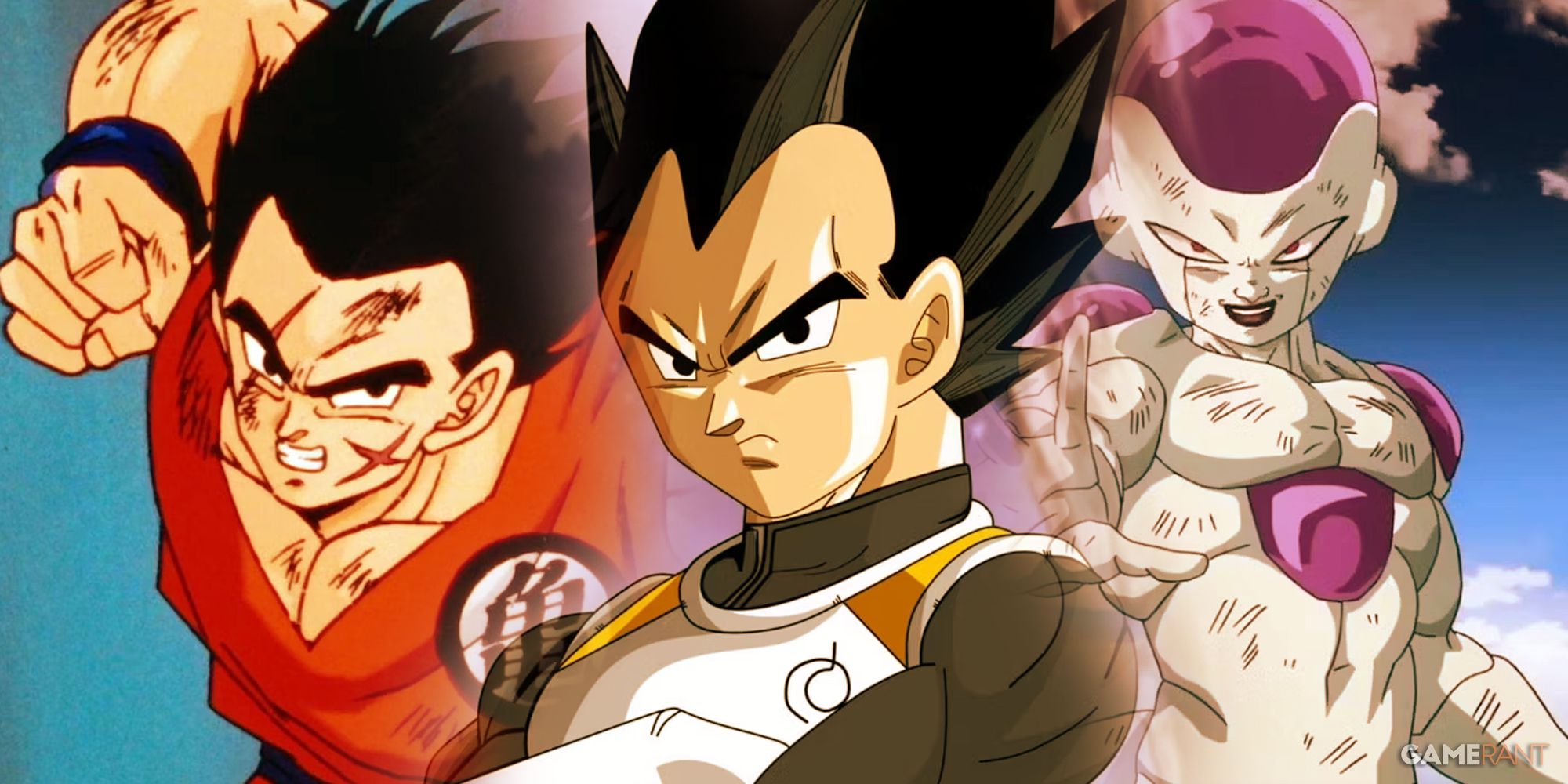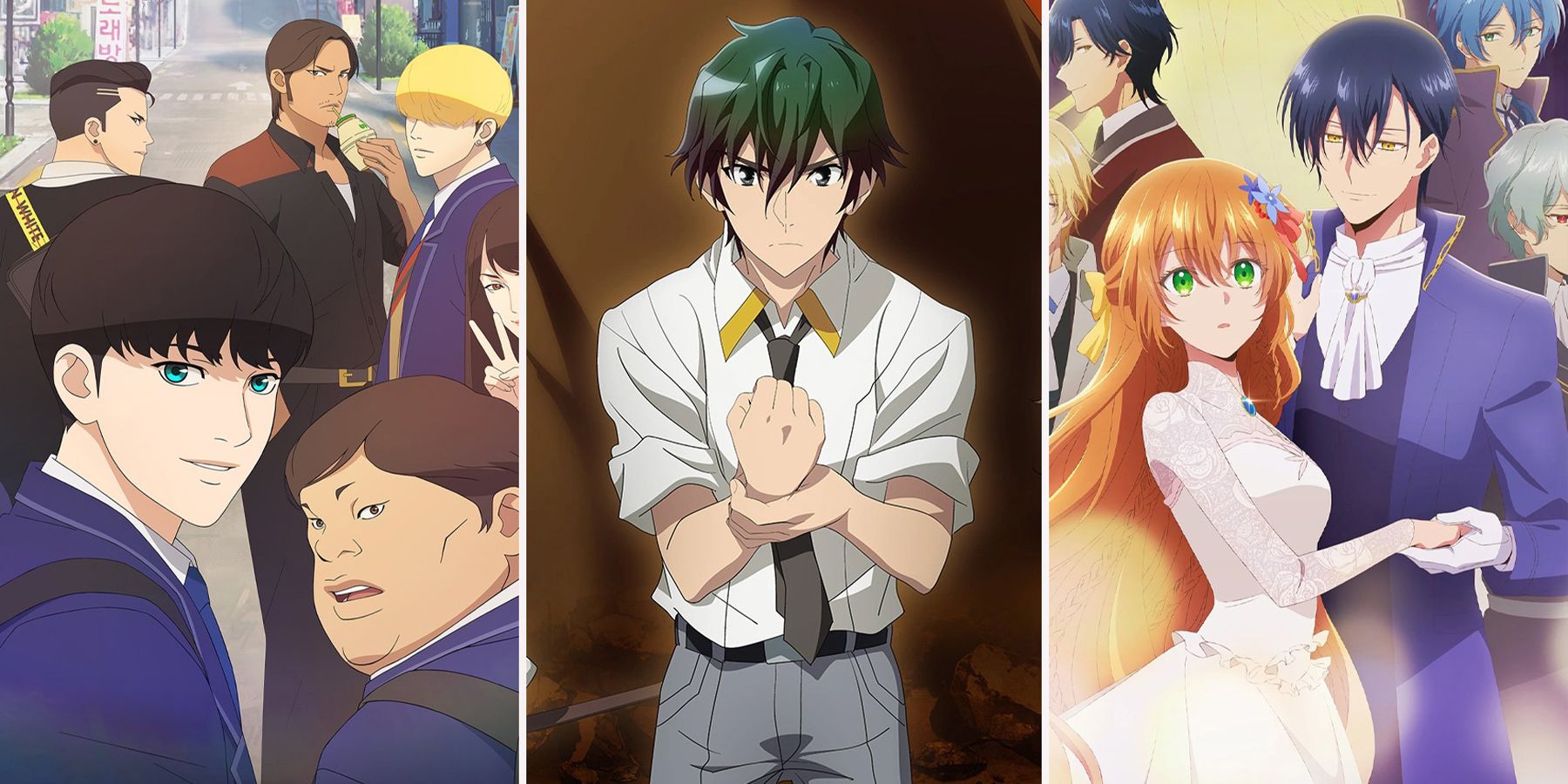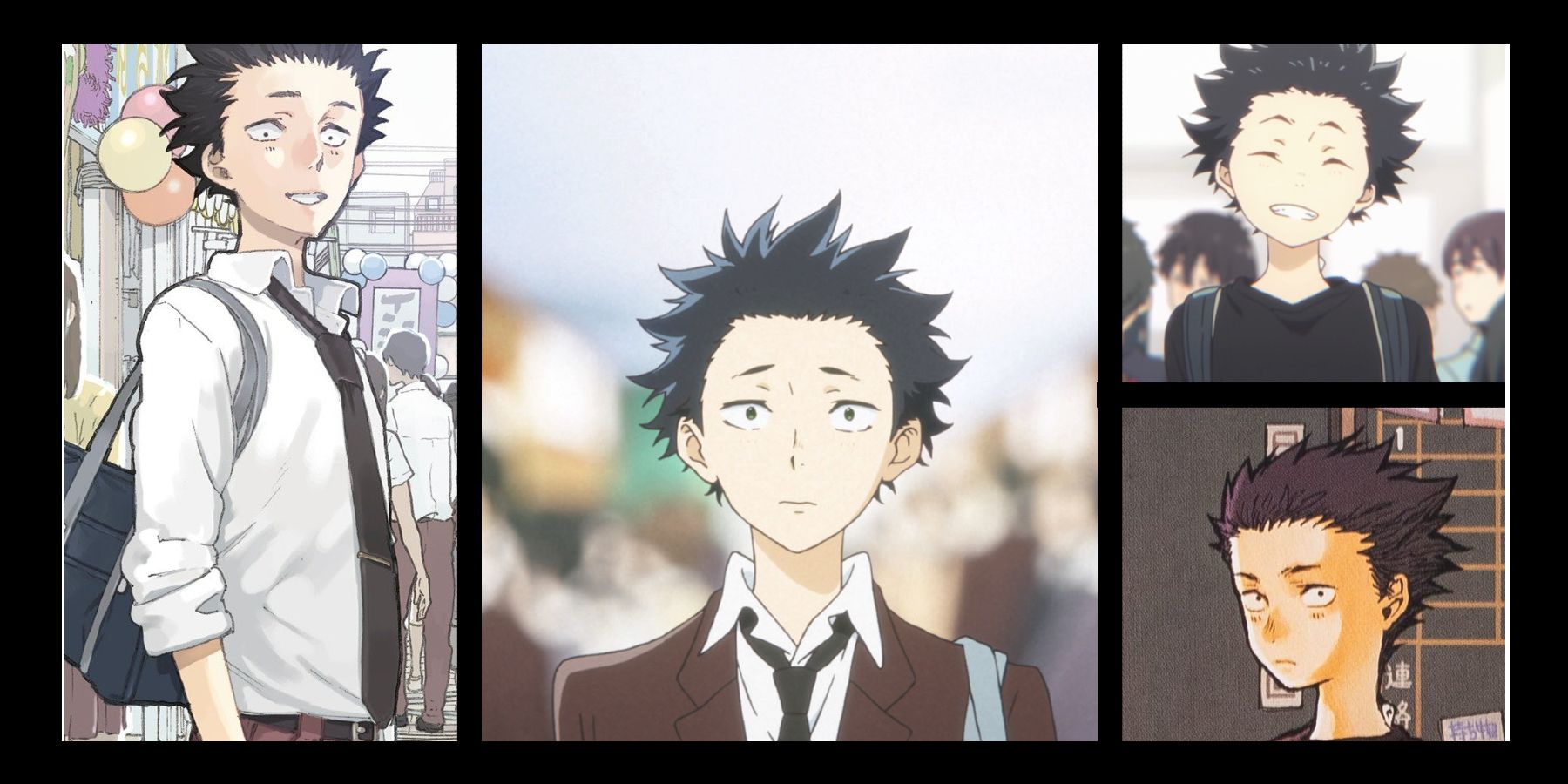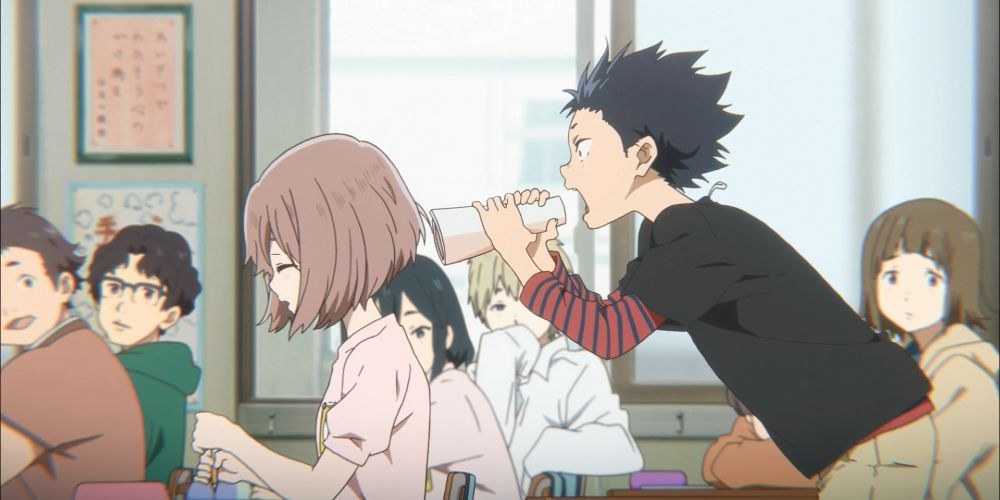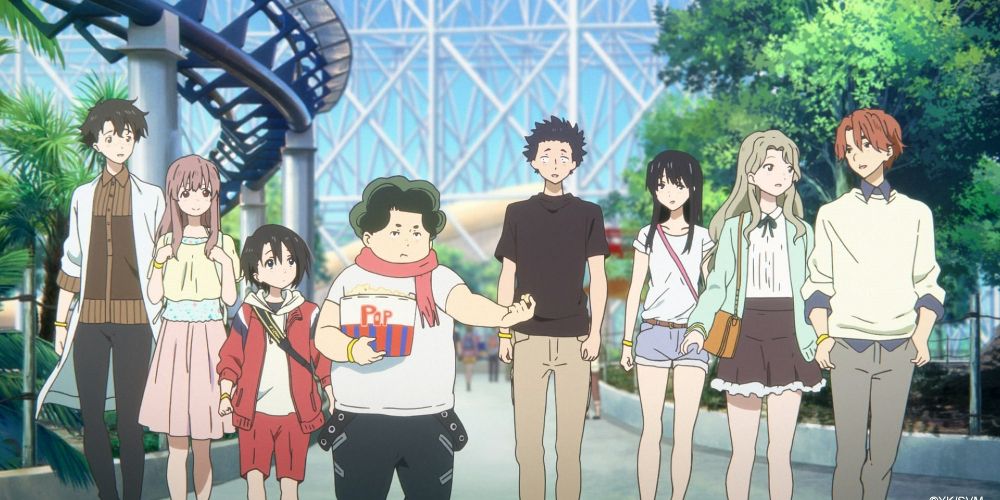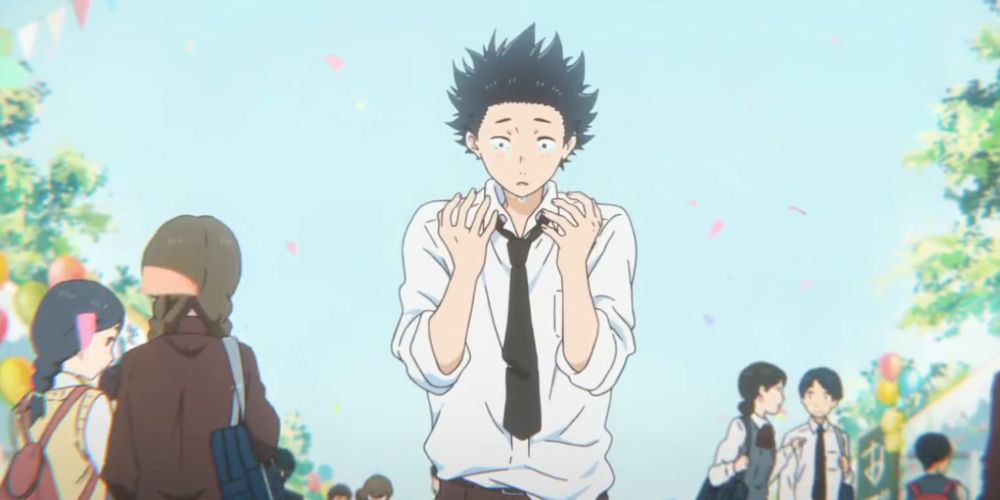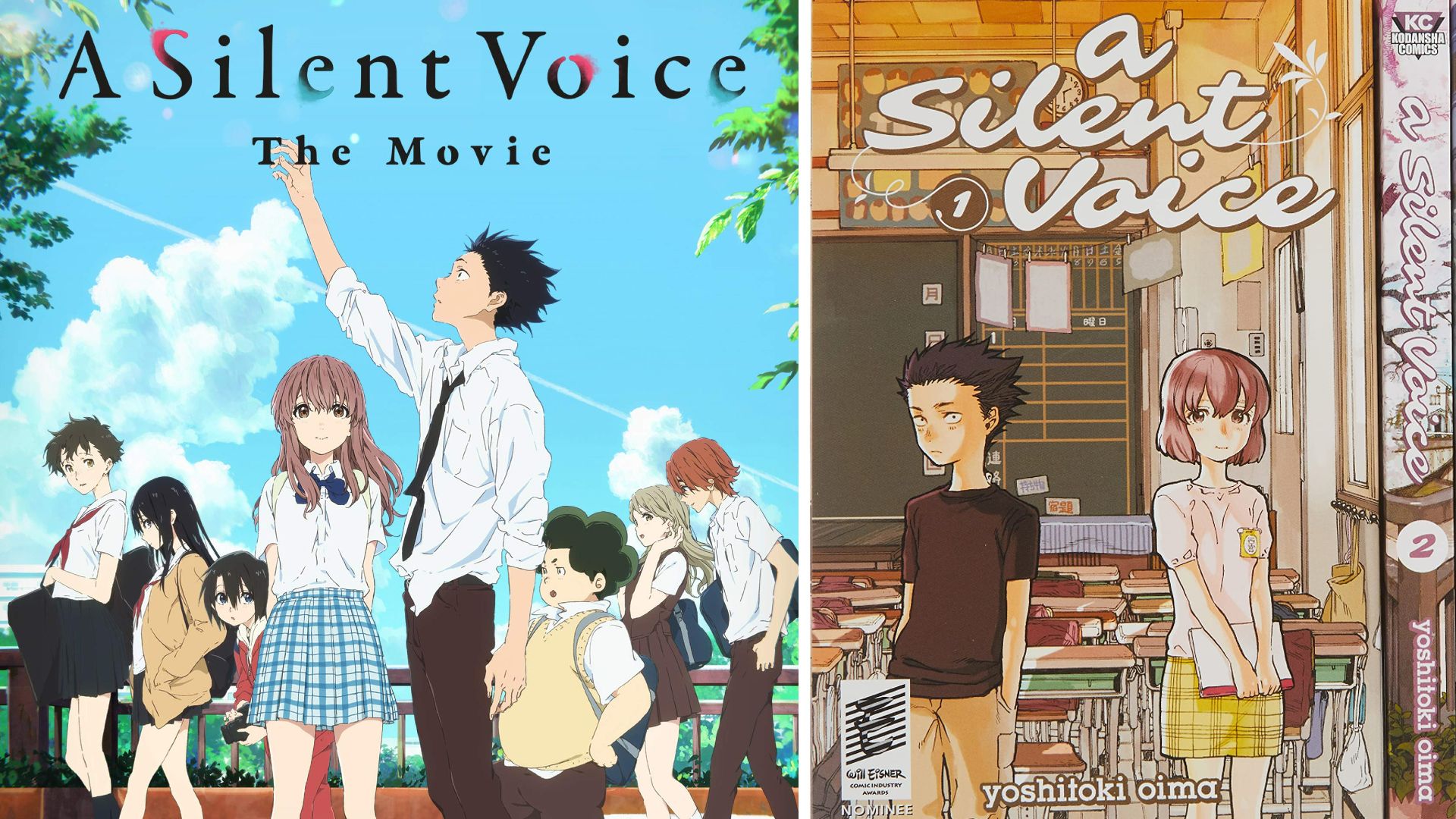A Silent Voice, also known as Koe No Katachi, debuted in 2013 and ended in 2014 after releasing seven total manga volumes. The series was then adapted into a film in 2016, which went on to achieve worldwide acclaim. The film adaptation currently sits at a 95% critic rating on Rotten Tomatoes and is ranked as the 15th greatest anime release of all time on MyAnimeList.net.
If the critics and the anime fans all love it, it has to be phenomenal, but how does the film compare to the original source material? Well, there are interesting differences, some more influential than others. For many readers and viewers, these differences are sure to change the way they see certain characters or certain events shown in the film.
The Beginnings
Both the film and the manga of A Silent Voice revolve around Shoya Ishida attempting to redeem himself for the way he relentlessly bullied Shouko Nishimiya when they were younger. The manga begins at an earlier point than the film and continues until it catches up with the film and onwards. In the manga, readers can see more of the dynamics between Shoya and the rest of his class before Shouko joins the class.
Even before Shouko is introduced, Shoya’s friends are growing apart from him and losing interest in his interests. The manga also shows Shoya’s transition more naturally from the bully he was in his childhood to the depressed, closed-off person he is in current times.
Besides the way the story begins, there are also some key differences in the rest of the story. The film focuses on Shoya growing closer to Shouko, punctuated by some pivotal moments throughout, like their trip to the amusement park with everyone, the fireworks festival where Shoya literally falls into a coma after foiling Shouko’s suicide attempt, and the school festival that Shoya enjoys with all of his new friends.
The manga still has Shoya and Shouka growing closer to eachother, along with some of those pivotal moments, but also the additional storyline of everyone coming together to work on a film directed by Shoya’s new friend Tomohiro Nagatsuka. The tense and dark moments are much heavier in the manga than in the film. Not mention, there’s a lot more slapping in the manga than the film, usually at the hands of Shouko’s mother.
Glamorizes Some Characters and Tarnishes Others
As the protagonist of the story, Shoya is possibly the character with the most significant differences between the film and the manga. At the beginning of the film, Shoya is shown to be a person who has completely changed, both internally and externally, from the bully he was as a child. He has acknowledged how horrible he was to Shoko in the past, and he feels the need to atone for it. His guilt and hatred for himself have driven him to pursue suicide as a punishment he believes he deserves.
When the story begins, he is planning on committing suicide after apologizing to Shoko and tying up other loose ends. Through his new friendship with Shoko, he learns to forgive himself and appreciate life again. His arc in the film is about learning to forgive himself and embrace connecting with others again.
In the manga, Shoya is still committed to making up for the past because he believes it is the right thing to do, and he still hates himself for what he has done. Where the differences appear are in his general personality and his inner thoughts. In the manga, Shoya is more judgemental and much less friendly than he is in the film. The manga shows him frequently judging Tomohiro in his internal thoughts and treating him pretty poorly for a lot of the story. There are points where he laughs at Shoko for how she sounds or snaps at her in anger while distracted by thoughts of the past. The manga version of Shoya is far less likable than his film counterpart. Although, by the end he becomes a better person who appreciates his friends more.
All the characters experience more development in the manga and readers get more of their background. Naoka Ueno’s romantic feelings for Shoya become clearer. Over time, Naoka and Shoko come to a better understanding of one another and the distance between them shrinks. Miyoko Sahara’s ongoing struggle to change also becomes more apparent, and she gets to accomplish that arc more than in the film. Tomohiro is one of the characters with the most additional background and character development in the manga compared to in the film. The bromance between Tomohiro and Shoya is one of the sweetest things about the film, but the manga uses Tomohiro’s friendless background to contextualize the friendship he builds with Shoya.
The Endings
Surprisingly the film covers events of the manga film all the way up to halfway through the last volume. The film ends with a powerfully emotional scene of Shoya and his friends experiencing the school festival together. At that point, Shoya opens himself back up to the world again after not doing so for years and the metaphorical ‘x’s covering almost everyone’s faces fall off. The film handles this moment beautifully in the way it is animated and scored.
In the manga, the emotional climax is still at the school festival, but it’s when Shoya watches the film all of his friends worked together to make. The power of the scene comes in Shoya seeing how each of the other characters contributed and how the heart behind their film portrayed each of them in a different light. For the first time in so long, Shoya is able to truly see them. Then the story skips around a little to their graduation ceremony and the coming of age ceremony.
While the manga has an ending that’s just as optimistic and open-ended as the film, the additional moments after the school festival give it more finality since they’re now moving towards adulthood. The characters focus on where they’re going to go after high school and what careers they will pursue, including Shoko going to Tokyo with Naoka and Miyoko.
Which Was Better?
It’s difficult to say which version of the story was a better one. The manga excelled in fleshing out the characters and seeing the dynamics between them explored more. The film excelled in presenting a likable protagonist and a condensed story with plenty of emotion to hit viewers with the feels.
The film was able to incorporate a moving soundtrack with compelling “camera work” that the manga lacked the tools to use. For a complete experience, reading the manga would definitely be the more rewarding of the two. For a shorter, still powerful, experience, the film adaptation of A Silent Voice will be plenty for most anime fans.

